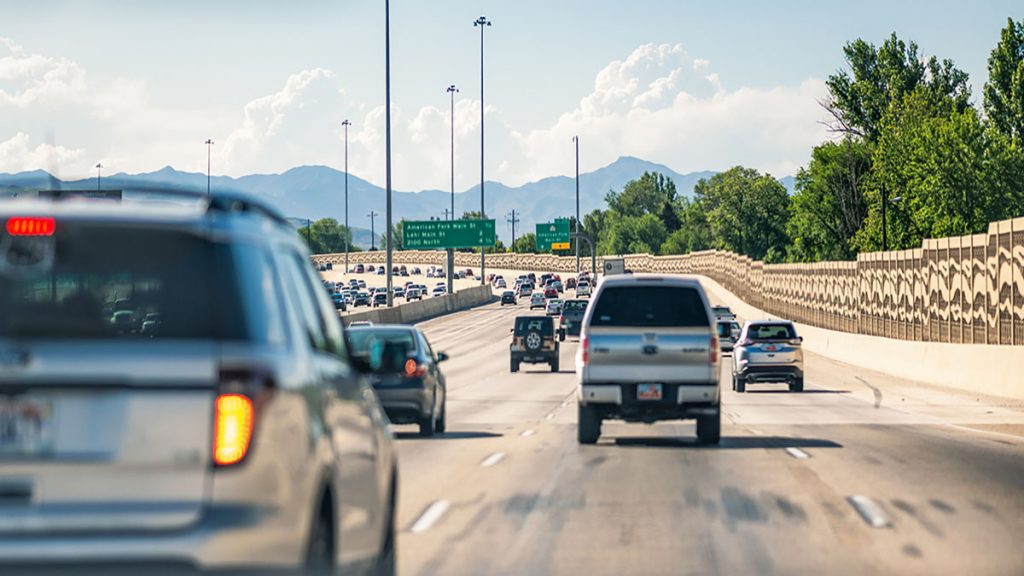Are Bigger Cars Safer than Smaller Cars?

If you’re in the market for a new car, safety is probably one of your top priorities. While cars of every size have made advances in safety features, bigger cars are still safer than smaller cars if everything else is the same. Learn why bigger cars are usually safer so you can shop smart the next time you look for a vehicle.
Why Bigger Cars Are Safer
Larger vehicles are usually safer than smaller cars because of their size and weight—two very important forces that directly relate to your risk of getting injured.
Bigger vehicles tend to be more spacious and have more distance between the front of the car and its occupants. This additional space protects you in the event of a frontal crash: the car has extra frame that can be crushed before the impact reaches you and the other passengers. This is important as half of all car-related fatalities are a result of head-on collisions.
Weight is another factor that affects you in a car accident. During a collision between a large and small car, the bigger car will push the smaller car backward, putting more force on the passengers in the lighter car and protecting the passengers in the heavy car.
Crash Tests Between Big and Small Cars
In 2019, the Insurance Institute for Highway Safety (IIHS) conducted a series of crash tests between small and large cars. While the small cars performed well in safety tests on their own, they performed poorly in collisions with bigger cars. In addition, according to crash statistics collected over the years, car accident fatalities decline as the size and weight of the car increases.
Pickup Truck vs. SUV: Which Is Safer?
Pickup trucks and SUVs are both large cars, but they have distinct differences:
Pickup Trucks: vehicles with two or four doors and an exposed cargo bed.
Sport-Utility Vehicles (SUVs): vehicles with four-wheel or all-wheel drive, raised ground clearance—the distance between the lowest point of the car and the ground—and a body with two or four doors.
The above crash tests performed by the IIHS used family-sized cars like SUVs. In individual tests, more SUVs have received high safety ratings from the IIHS than pickup trucks, indicating that SUVs are the safer option if everything else is accounted for.
How Safety Ratings Affect Your Insurance Premiums
Besides wanting a safer car for your own benefit, they can also help you save on insurance premiums. While each insurer calculates rates differently, they typically look at your risk of getting into an accident and making a claim. Cars with higher safety ratings and lower crash statistics indicate to your insurer that you’re a lower-risk customer.
If you’re looking for a policy, The General has affordable coverage options for every driver and budget. Get a quote in under two minutes to see how much you can save or visit our insurance blog to get more of your car questions answered.





